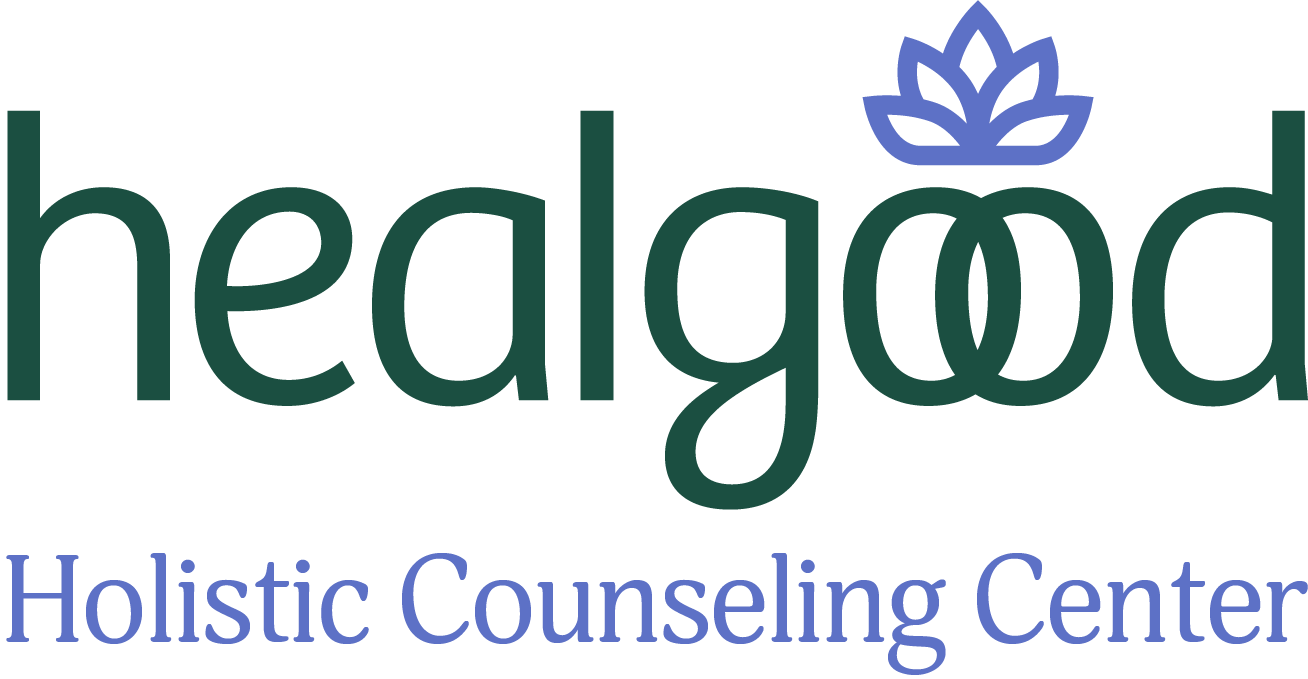Healing with Art: Getting Creative with DBT
Written by Antonia Crook, LPC-Associate
Reviewed by Supervisor, Chelsea Fielder-Jenks, LPC-S
The creation of visual art not only serves as a therapeutic outlet for expressing emotions but also holds the potential to significantly calm and enhance overall mental well-being, particularly for individuals coping with stress or struggling with emotion dysregulation. As a powerful form of self-expression and a means to process thoughts and feelings, the efficacy of this healing tool has been explored and tested in a clinical therapy setting—a field of study known as neuroaesthetics.
Art’s Impact on Our Brains & Emotions
Engaging with art appears to hold the power to heal at a neurochemical level. We now have numerous studies showing that the act of making or mindfully savoring art, fosters new pathways in the brain that support mental and physical well-being.
Working in an open-ended creative process, has a calming effect on our body’s limbic system; the part of the brain associated with emotions and stress regulation. Being in the “flow state” of creation allows individuals to quiet the mind. This can positively influence the autonomic nervous system, balancing involuntary stress responses, thus promoting a sense of well-being.
By incorporating art in Dialectical Behavior Therapy (DBT), the therapeutic intervention is adapted to a mode that taps into parts of the brain that don’t communicate in language.
Processing through visual means, allows connection to the high verbal prefrontal cortex, making new pathways to access dormant feelings.
Art & Mental Health
Art-making encourages introspection and self-reflection. Individuals can represent their inchoate thoughts, leading to increased self-awareness, self-efficacy and insight into life’s inherent ambiguity, a fundamental aspect of DBT.
Art can also serve as a healthy distraction technique during moments of distress. The act of either goal-oriented or open-ended creation, offers an alternative focus; steering one away from impulsive behaviors.
Art acts as a versatile tool that aligns with the principles of mindfulness, emotion regulation, and interpersonal effectiveness - all of which are central to DBT.
Using art as a medium, DBT skills can be practiced and strengthened:
Mindfulness: Making art serves as a mindful activity, promoting present-moment focus, and a tool to experience the “flow state.”
Distress Tolerance: Art can serve as a healthy coping mechanism, a way to manage stress, and a non-threatening way to manage intense emotions.
Emotion Regulation: Art provides a non-verbal medium for individuals to identify, express, and regulate emotions. Through visual expression, one can explore and process complex feelings, which aids in the development of emotional regulation skills.
Interpersonal Effectiveness: Working with others within the same studio space fosters interpersonal skills as we use communication, cooperation, and relational skills during regular interactions. Talking about one’s creations promotes self-efficacy, self-confidence, validation, and a sense of community and camaraderie amongst group members.
Vibrant Minds combines my passion for art, and healing in a dialectical way: drawing the middle path, with a paintbrush, and a sense of purpose.
References
Magsamen, S., & Ross, I. (2023). Your Brain on Art: How the Arts Transform Us. Random House - A book that delves into the evidence-based neuroscience of creative mental health interventions, and explores how immersing oneself in the ‘aesthetic mindset’ leads to flourishing


